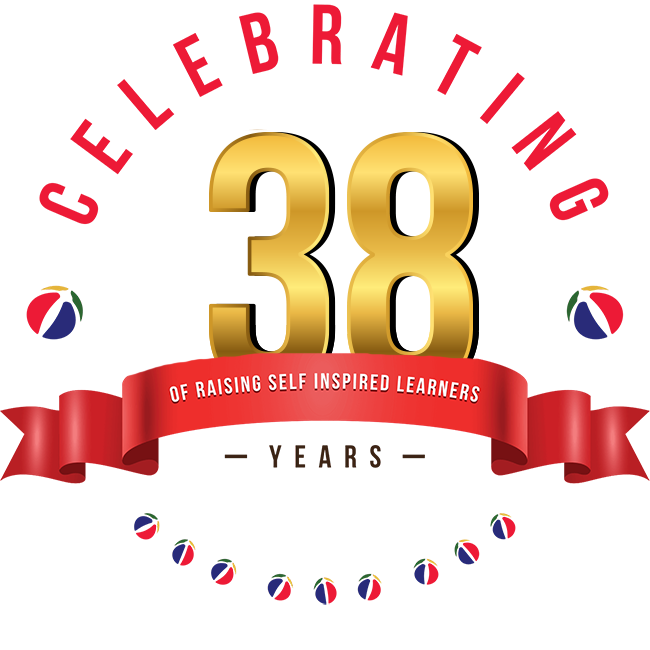You’ve probably heard of Montessori schools, and may even know that they are very well respected, but how much do you know about the Montessori Method? A program that’s been in practice for more than a century, it’s still one of the top methods worldwide for educating young children. Do you know the history and impact of this groundbreaking educational theory?
The Montessori Method was created in Italy around the turn of the last century. Dr. Maria Montessori was a remarkable woman: a physician, educator and innovator at a time when women were largely confined to the roles of wife and mother. Believing that children would benefit more from experience and hands-on manipulation of materials rather than direct instruction, she opened her first school in 1907. In 1909, she started training teachers, and her notes were turned into her first book. The Montessori Method made it to the United States in 1912 and has enjoyed great success for more than a century.
In many ways, because of Montessori, the face of education changed not only in Italy but across the world. Traditional education has begun to borrow widely from Montessori, putting into practice concepts that include:
- Whole child development: schools are running with this concept, focusing on character development as well as academic achievement. It’s an important shift of focus away from “teaching to the test” and toward the development of the child’s cognitive, physical, creative and socio-emotional capacities.
- Individualized learning: there has been a shift in traditional education to acknowledge different learning styles and embrace student-led learning, to an extent. In Montessori schools, the program is so far from “one-size-fits-all” education that even grade levels are flexible, grouped by developmental range instead of chronological age. This allows children to learn at their own pace, and the classroom instruction is structured in such a way that students are able to complete tasks before moving on, giving them a sense of accomplishment.
- Integrated instruction: Traditional schools are beginning to catch onto the idea of building key concepts from different subjects into the core curriculum. By showing students the connections that exist between different curricula, giving the opportunity to apply skills they have learned, and offering opportunities to learn real-world skills, we teach them to be independent thinkers with strong self-confidence.
Traditional schools don’t fully embrace the Montessori Method, but Montessori schools are thriving. This is because by cultivating children’s natural curiosity, these schools are able to inspire creative thinking and empower children. Montessori School of Downtown, for instance, has been Houston’s trendsetting childcare company for over 35 years and continues to inspire and encourage children, guiding them into a lifelong love of learning.
Founded by Montessori School of Downtown, Shipra Campus is much more than the average childcare center. Rather, it’s Pearland’s premier educational child care facility, with programs for children age six weeks through elementary. The brainchild of decades of curricula development, technology integrated education, and traditional Montessori concepts that are proven to work, Shipra is educating the community leaders of tomorrow, using holistic development, global awareness, and individualized education. To learn more about Shipra or Montessori School of Downtown, visit our website today.


